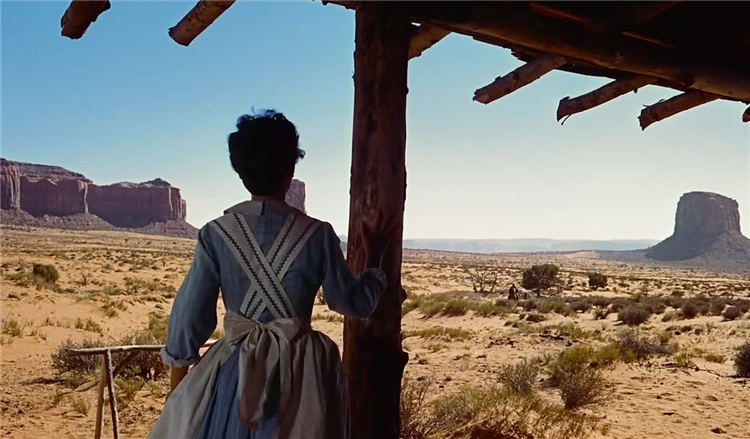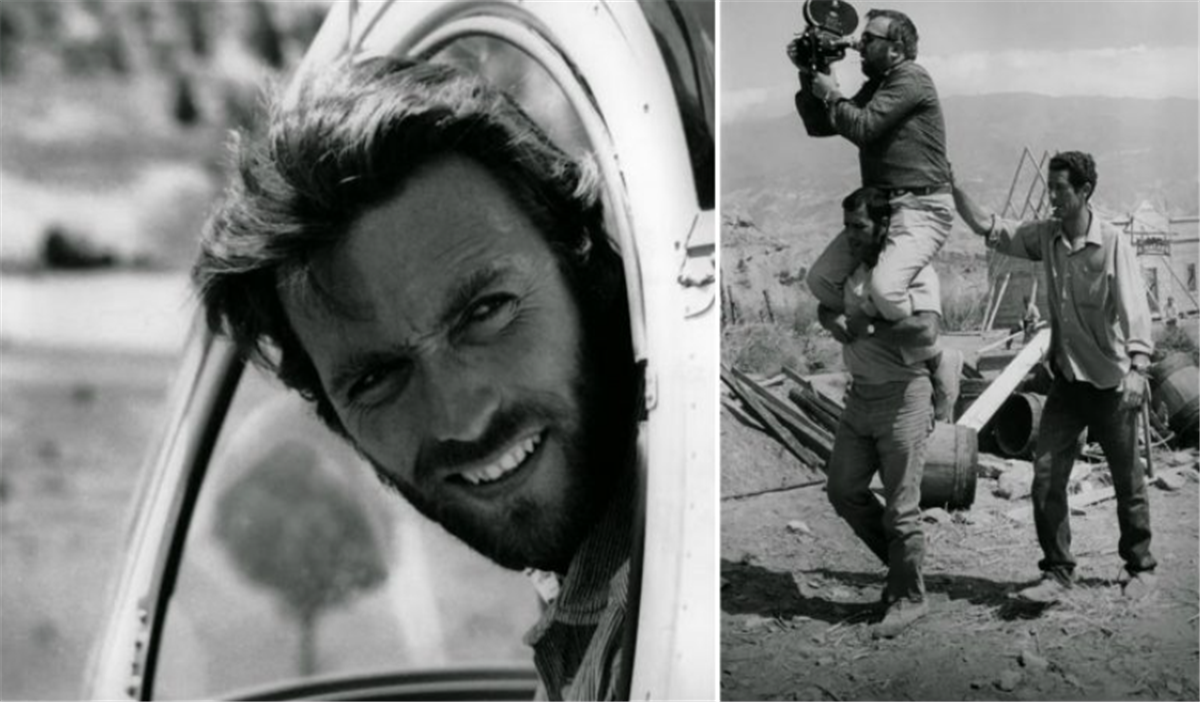There are two types of people in this world… Those who have seen The Good, The Bad and the Ugly… And those haven’t. For those who have seen Sergio Leone’s seminal spaghetti Western The Good, the Bad and the Ugly (1967), witnessing the film atop Rotten Tomatoes’ 100 Best Western Movie List seems like a no-brainer. With its sweat-inducing storyline, epic Ennio Morricone score, and beautifully designed compositions, this Clint Eastwood-led picture has proven to be more iconic and influential than most American Westerns.
Rotten Tomatoes happily agrees. It positions the film ahead of Golden Age classics like John Huston’s The Treasure of the Sierra Madre (1948) and John Ford’s Stagecoach (1939), as well as contemporary neo-Westerns such as Hell or High Water (2016), No Country For Old Men (2007), and Unforgiven (1992).
In an age of patriotic sensibilities, placing a movie shot in Europe atop the Best Western list may seem sacrilegious to die-hard fans of the classic American genre. Originating from pulp novels and magazines canonizing the tales of outlaws and gunslingers, the Western genre coincided with the advent of motion pictures. It quickly became the most represented film genre during the early stages of cinema as it mythologized the American past while communicating themes that negotiated with the effects of a rapidly modernizing society.
As a result, Westerns have managed to stick around as a piece of recognizable American iconography. Filmmakers from other countries have adapted the cowboy hat and star-shaped spurs to pursue themes of revenge, moral ambiguity, and self-realization. Along with Leone’s iconic spaghetti Westerns, these include Thailand’s Tears of the Black Tiger (2000), Australia’s Sweet Country (2017), and South Korea’s nod to Leone in The Good, the Bad and the Weird (2010). All of these films can be found on the 100 Best Western Movie List from Rotten Tomatoes.
But none of this would be remotely possible if it weren’t for Eastwood’s rugged glare, Morricone’s heavenly film score, or the captivating cinematic vision of director Sergio Leone. But does the film hold up today? After a closer look, The Good, the Bad and the Ugly still stands as a beautiful portrait of Western revival.
Demeanor & Design

Sergio Leone’s The Good, the Bad and the Ugly is a certified accomplishment in cinematic design. The film achieves precise visual language in its poetically smooth cinematography paired with thoughtful art direction and expertly conducted staging and blocking. Although it was made outside the Hollywood studio system, it bears a resemblance to some of the Golden Age’s most beautifully composed films.
The consistency of this creative design helps strengthen the film’s overall tone and mood and is emphasized through the strong portrayal of character. Despite an apparent lack of spoken dialogue, Leone is able to capture the wickedness and toughness of each character through a series of close-ups and cutaways.
This is best exemplified in the Mexican shootout scene at the end of the movie. Leone takes a singular moment weighed down by inaction and stationary tension and intensifies it by extending time with close-ups of the eyes and cowboy shots of hands hovering over pistols. Accompanied by Morricone’s masterful score, you get one of cinema’s most memorable scenes of all time.
Cathal Gunning from Screen Rant observes, “This beautiful backdrop contrasts effectively with the petty, nasty machinations of the main characters.” This was anchored by the brilliance of Clint Eastwood. Though Eli Wallach benefits from more screen time and memorable one-liners, Eastwood’s wordless performance draws audiences into the twisted story arc and adds to the stoic persona he still dons today.
Furthermore, the film’s accomplishments go beyond the technical and creative, for the absurdist commentary on American history helps elevate the movie to new heights.
Outsider’s Perspective

While some may deride the film for being produced outside of America, having an outsider’s perspective ultimately gives the movie an outstanding advantage. Normally, an American film will filter history through political bias, as seen in DW Griffith’s Birth of a Nation or Steven Spielberg’s The Color Purple. As a third-party point-of-view, The Good, the Bad, and the Ugly seemingly critiques America’s history without romantic bias or revisionist implications.
Set during the American Civil War, Eastwood’s Blondie and Wallach’s Tuco drift from Confederate to Union without moral obligation. Their deference to taking sides signifies their callous opposition to war, and the absurdist depiction of their violence mirrors the senseless killing during one of America’s darkest hours.
Gunning highlights, “[this film] painted a picture of the Old West that was more morally gray than most Hollywood Westerns ever admitted. … While those movies were uncomplicated celebrations of American colonialism, The Good, the Bad & the Ugly is something smarter, darker, and more complex.”
Taking an outsider’s perspective helped set the movie apart from its Golden Age predecessors and introduced a Western genre movement that saw more absurdist revisionism, social commentary on violence, and pertinent historical critique, especially in films like No Country For Old Men, Unforgiven, Blazing Saddles (1974) and Django: Unchained (2012).
The film, of course, does not go without its own critique. Despite delineating itself from the Golden Age Hollywood films, the movie still aligns with Hollywood’s complicated casting practices. Casting Wallach, a man of Polish background, as a brown-faced Mexican bandit surely opens questions about his portrayal being a caricature or stereotype. And the film’s commentary on the American Civil War is also desperately missing the perspective of African Americans and women.
To this day, The Good, the Bad and the Ugly remains a major cultural influence. Ennio Morricone’s score rings throughout Modelo commercials, the film’s title provides a simple format for assessing your favorite sports team, and Clint Eastwood’s poncho-laden, cigar-smokin’ Blondie is forever etched into the public consciousness.
Undoubtedly, this film conveniently divides the world into two types of people…
